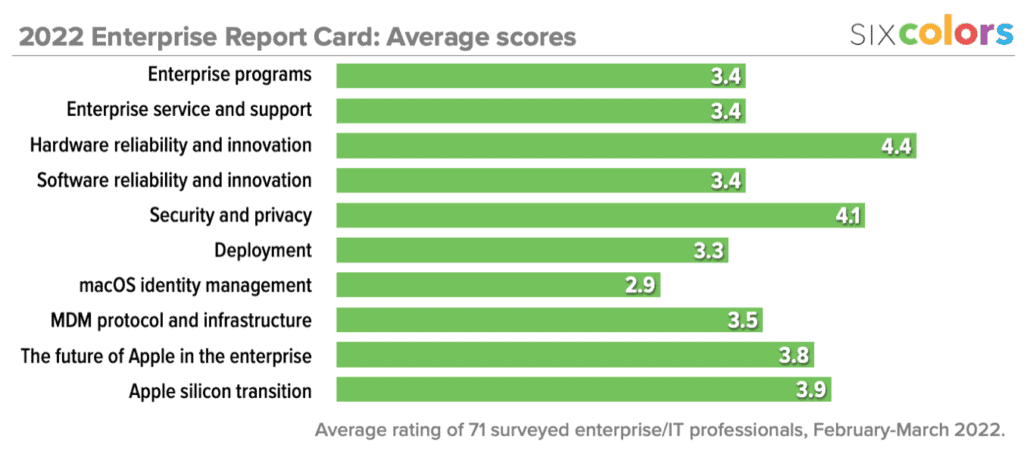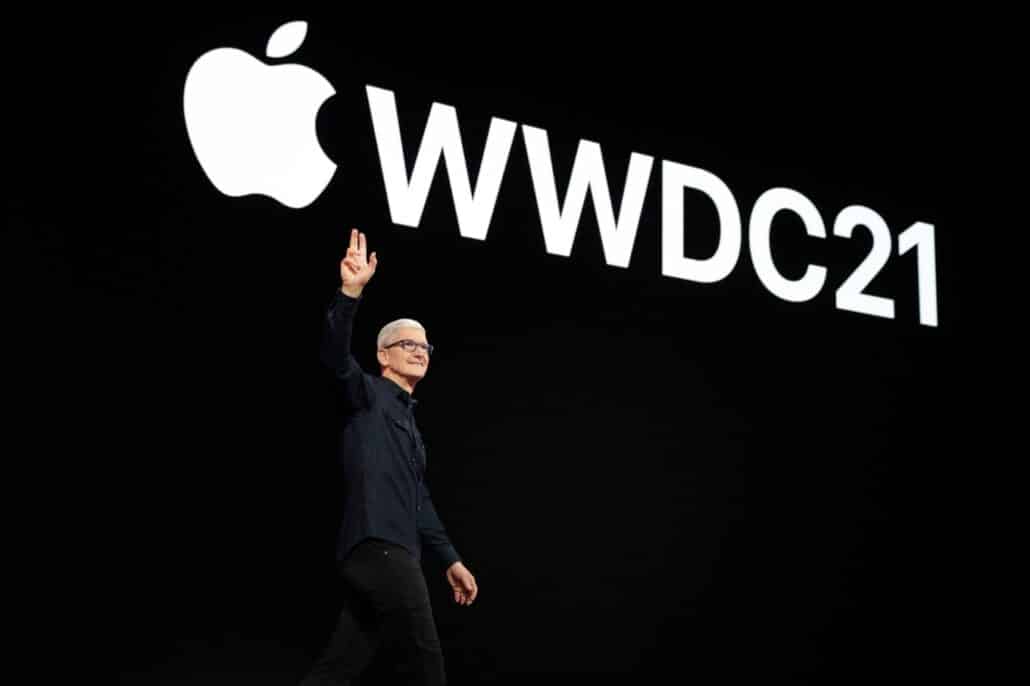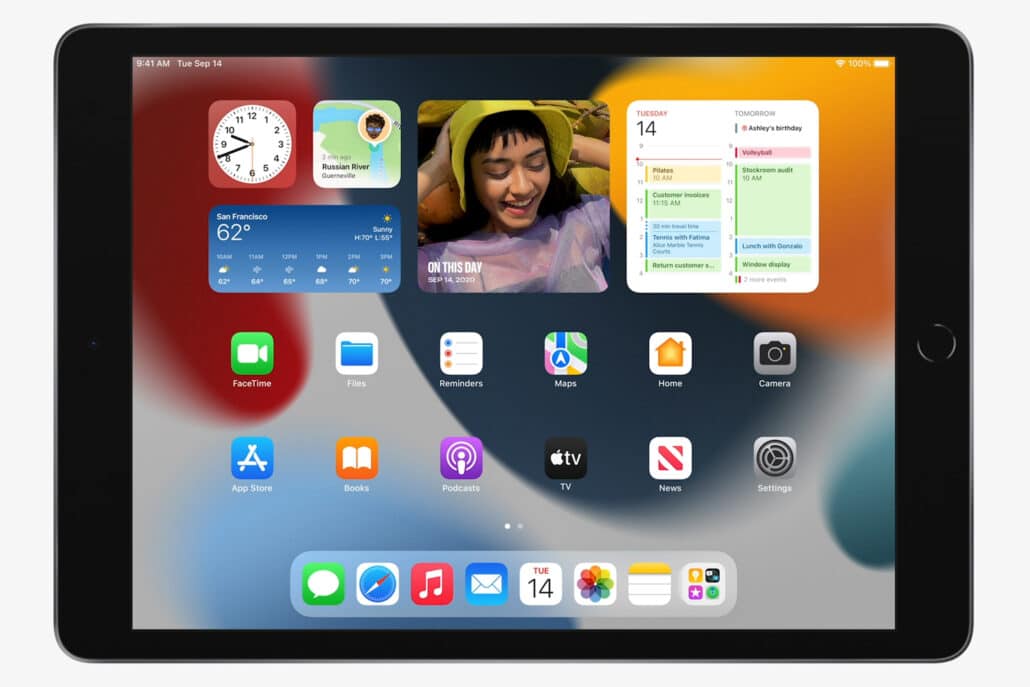
13-inch M2 MacBook Pro Review: The future, wrapped in the past

What the 13-inch M2 MacBook Pro is… depends on your perspective.
If you’re taking the 1000-foot overview of the Mac market, it’s most notable for being the first shipping product to include the M2, Apple’s second-generation home-designed Mac processor. If you consider it out of context, it appears to be a thin, light, powerful laptop for a reasonable (for Apple) base price. And if you glance around at the rest of Apple’s other laptops, it seems like a relic from a bygone era that’s somehow survived into the present.
Every one of those views is absolutely true.
The debut of the M2
The M2 processor is the beginning of the second turn of the wheel for Apple’s Mac processor designs. Like the M1 before it, it’s the base model, undoubtedly to be followed up by the likes of M2 Pro and M2 Max and M2 Ultra and… whatever comes beyond Ultra?
A lot of the differences between the M1 and the M2 are purely generational. The M1 was based on the A14 processor used in the iPhone 12, and the M2 is based on the A15 processor used in the iPhone 13. That means updated generations of CPU and GPU cores, the Secure Enclave, and the Neural Engine.
The M2 also includes some features that previously existed only on the higher-end members of the M1 chip family. It has increased performance in 4K video encoding and decoding and supports faster LP5 memory—and that memory can be a little denser, allowing the maximum RAM of the M2 to be 24GB, up from 16GB on the M1.
All the tests I could run on the M2 MacBook Pro bore this story out. Yes, the single-core result of an M2 MacBook Pro will beat any M1 device; that’s because this is an A15-based core, and therefore it’s faster. But of course, so much performance these days comes from using multiple cores together. And while the 8-core M2 will run faster than the 8-core M1 for obvious reasons, it can’t keep pace with the many, many cores in higher-end M1 processors.

It’s important to keep in mind that this is a base-model processor in a base-model laptop. Yes, the name has “Pro” in it, but this particular laptop holds down the bottom of the MacBook Pro product line, with a starting price that’s $700 lower than the middle-priced model. Those laptops are using Pro or Max chips, and this one doesn’t even offer those as an option. So while, yes, this is technically a MacBook Pro, it still has many of the limitations of its fellow M1 (and soon-to-be M2) Macs. It can only drive a single external display, can’t accept more than 24GB of RAM, and is limited to 10 GPU cores.
Overall, the M2 is an impressive update to the M1. Just switching to the new equipment from the A15 would have provided a nice boost to performance; adding in faster RAM (with a higher RAM ceiling) and dedicated video-encoding engines is a bonus. I am even more intrigued about what Apple might bring to future, higher-end M2 processors.
It comes in a laptop
This isn’t (just) a review of a chip, of course. The new 13-inch MacBook Pro integrates the M2 into a familiar case. It’s got two Thunderbolt/USB 4 ports. The 13.3-inch retina display is bright. It’s got Touch ID and is the last Mac to offer a Touch Bar. If you’ve seen a MacBook Pro since 2016, you basically know what you’re getting.
Reviews of products like this are so focused on how they differ from the previous generation of computers and processors that it’s worth pointing out the obvious: most people or organizations who buy this laptop will not be upgrading from an M1 MacBook Pro. They will be upgrading from Intel-based Macs from previous years.
So I ran some comparisons with the Intel-based Macs that remain in my house, and they are a good reminder of how far we’ve come. Across the board, the M2 MacBook Pro is about six times faster than a 2018 i5 MacBook Air. (Its multicore score even beats the Intel Xeon processor in an 8-core iMac Pro.) Graphics were ten times faster than on that 2018 Air, and the intense computations of my iZotope Denoise task took one-sixteenth of the time on the M2 MacBook Pro as on the 2018 Air.

So… yeah. If you didn’t make the move to Apple silicon with the M1 because your old laptop was still working fine or because you were reluctant to use first-generation processor hardware, all those performance gains are still there for you to be had. And they’ll be even better now because M2 is faster than M1 across the board.
It’s all the same
If you upgrade to the 13-inch M2 MacBook Pro from an Intel-based Mac laptop, you’re going to be blown away by the speed. Unfortunately, everything else about this laptop will seem remarkably familiar. It’s the last vestige of an old Apple design era that is obviously being kept around to hit the $1299 starting price point and to give organizations a “pro” laptop to buy that doesn’t cost $2000.
There’s no shame in buying this laptop, but the reasons to choose it over another modern Apple laptop are vanishingly slim. It’s got better battery life than the M2 MacBook Air (which ships next month), and its integrated cooling fan means that the MacBook Pro will be able to keep up sustained graphics performance without any throttling. However, I am skeptical about how much that matters: the M-series chips are so efficient that it would take a prolonged assault on all the GPU cores to make an uncooled processor throttle. If you’re someone who maxes out your GPU for prolonged periods of time and can’t afford a 14-inch MacBook Pro, this laptop is a better choice than the Air.
Likewise, if you love the Touch Bar, you should snap this laptop up because it’s probably your last chance. I’m not sure what’s left to say about the Touch Bar; it was a flawed feature that still held a lot of promise, but it was doomed by Apple’s own refusal to do anything to improve it.
With all that said… If you’re not a Touch Bar fan, someone who stresses out GPUs at length, or someone who needs that extra hour or two of battery life, I can’t recommend that you buy this laptop. The M2 MacBook Air will match its performance in all but the most extreme conditions but in a smaller, lighter, and more stylish case. It’s not just about style, either: the M2 Air also supports MagSafe, which is not only a superior (and safer) charging technology but essentially gives you an extra port for peripherals since you don’t need to use one of your two ports for charging.
The M2 Air and the 14- and 16-inch MacBook Pro models all feel… modern. They’re Apple’s current state-of-the-art visions for what laptops should be. They have so much in common with each other visually, with flat edges and rounded feet and MagSafe and a full-height function key row and bigger displays with shrunken bezels and extra screen space around a notch featuring a 1080p webcam. They are the present. The design of the 13-inch MacBook Pro is the past.
It’s quite a contradiction. The M2 processor represents the future of the Mac for the next year or two—and yet it has made its debut in a holdover from a previous generation.
The arrival of the M2 processor is something to celebrate, regardless of the identity of the messenger. I look forward to many exciting and innovative M2-based Macs to come. But the 13-inch M2 MacBook Pro isn’t one of them.






